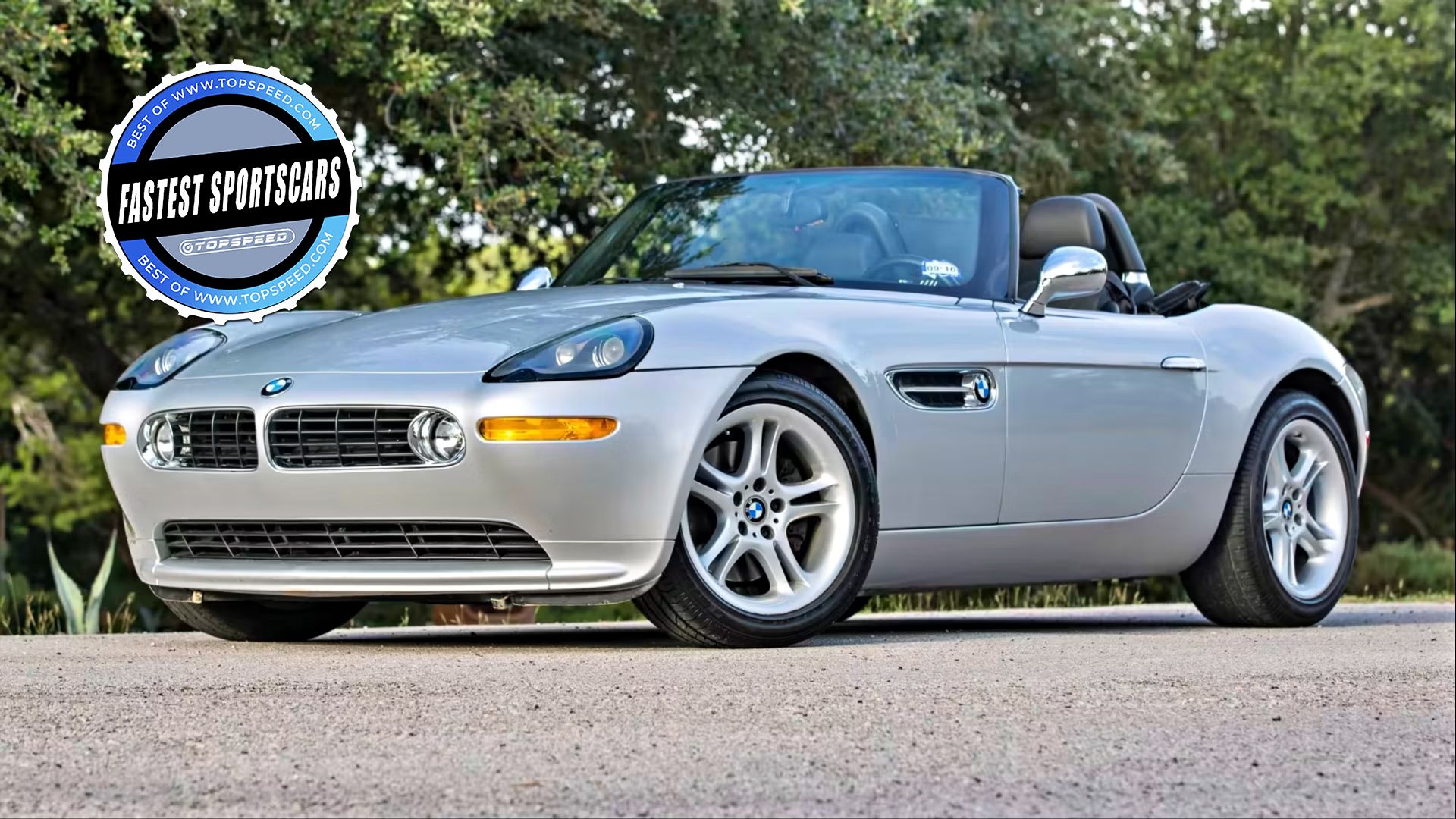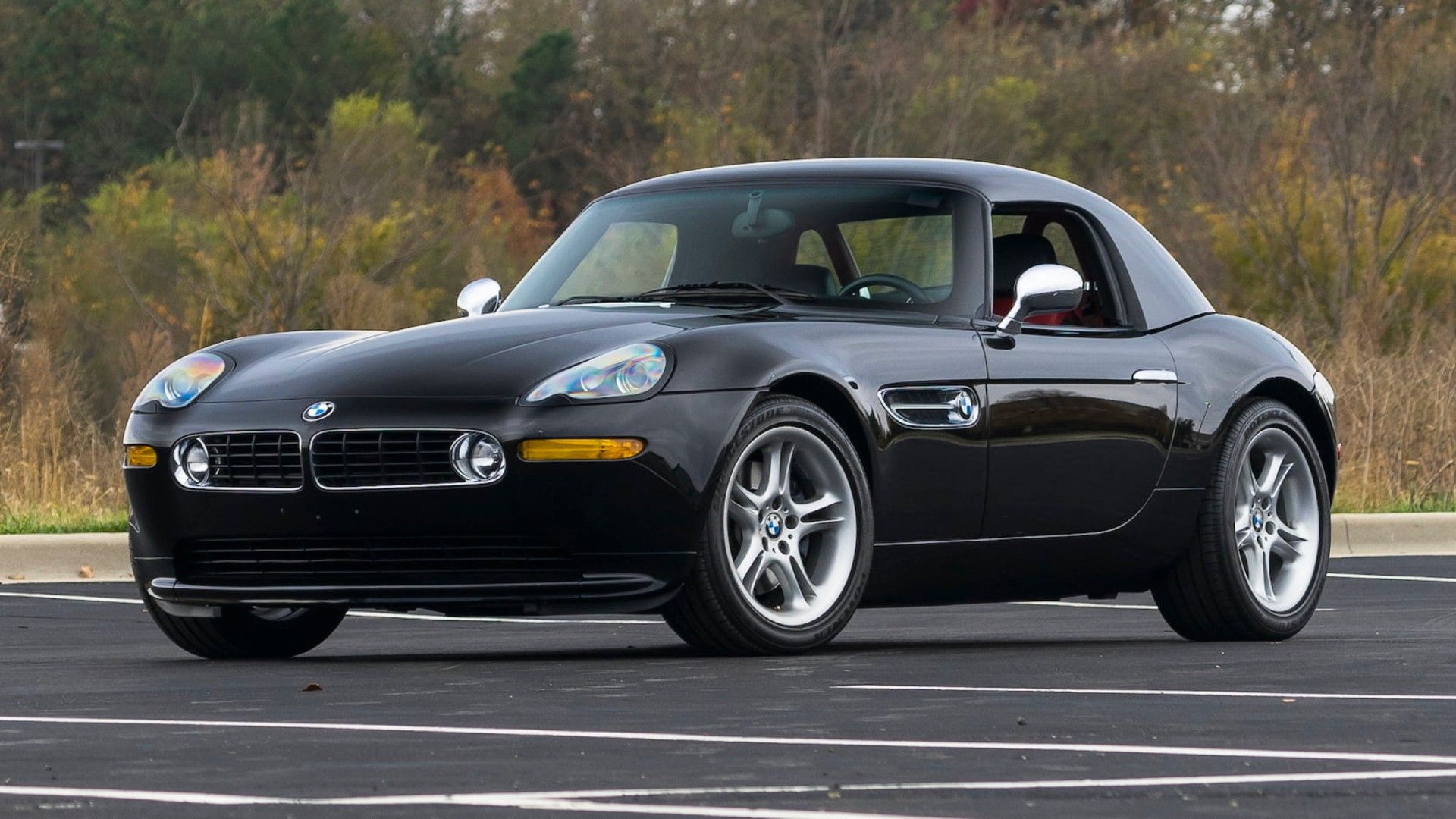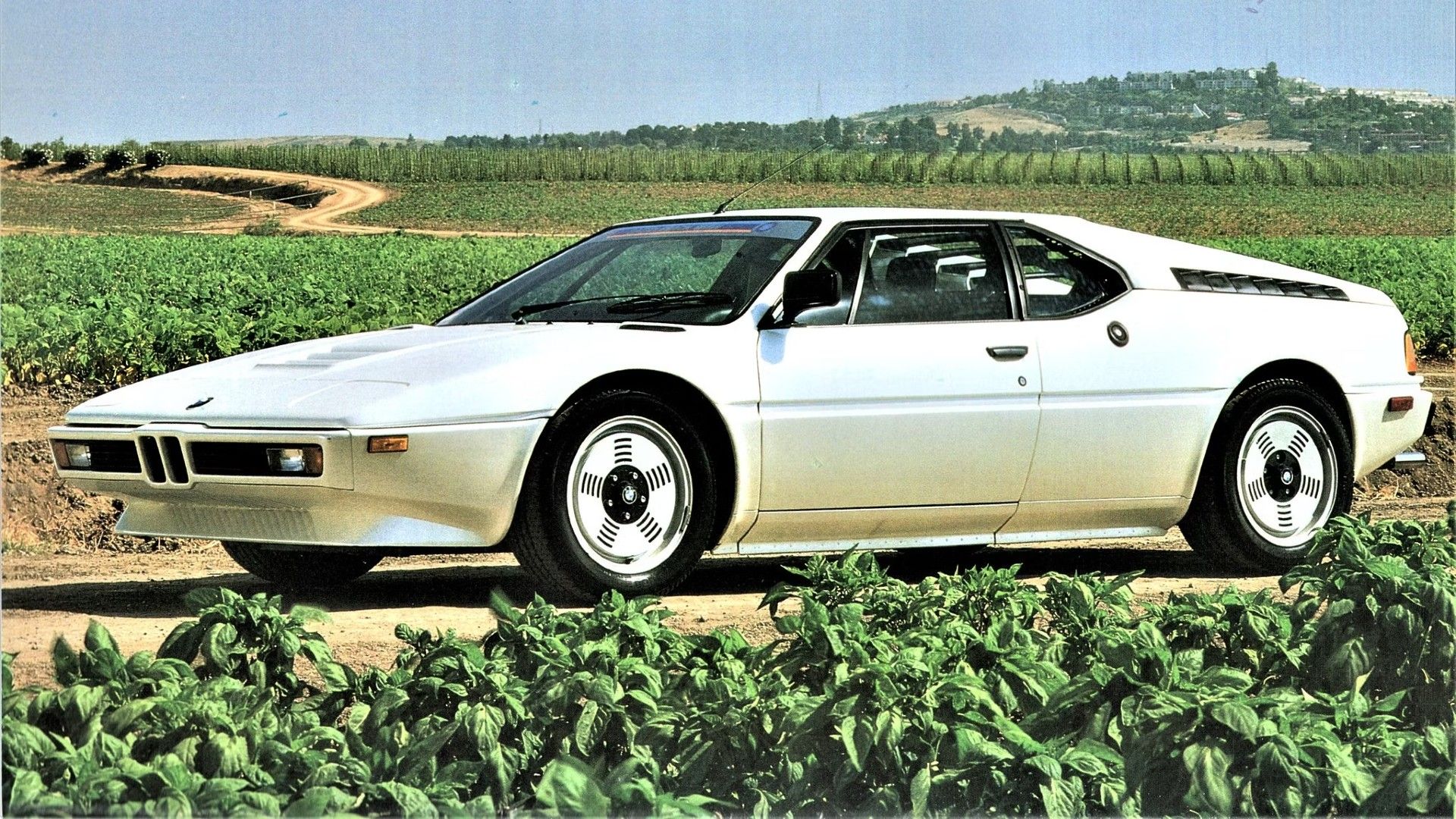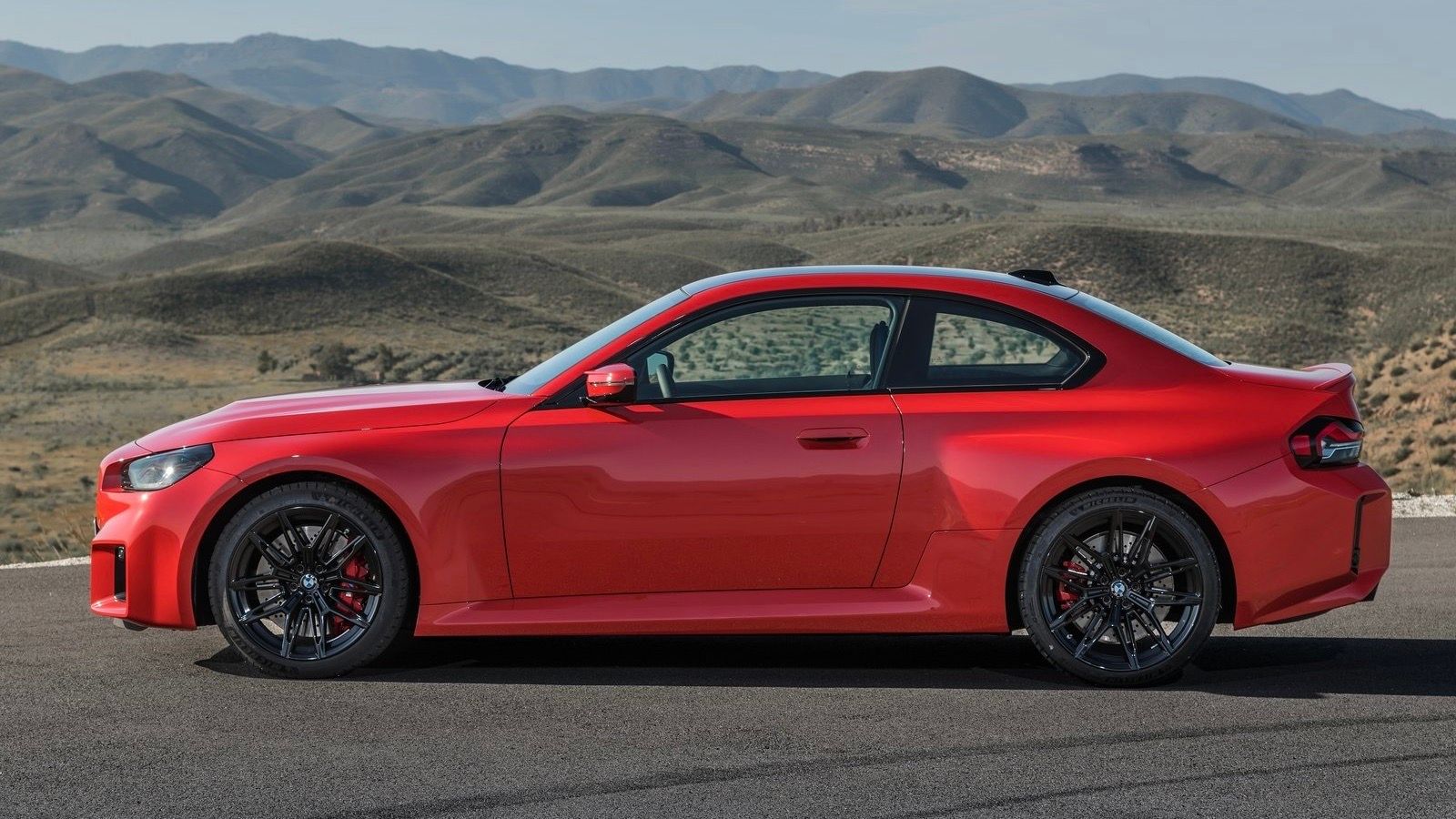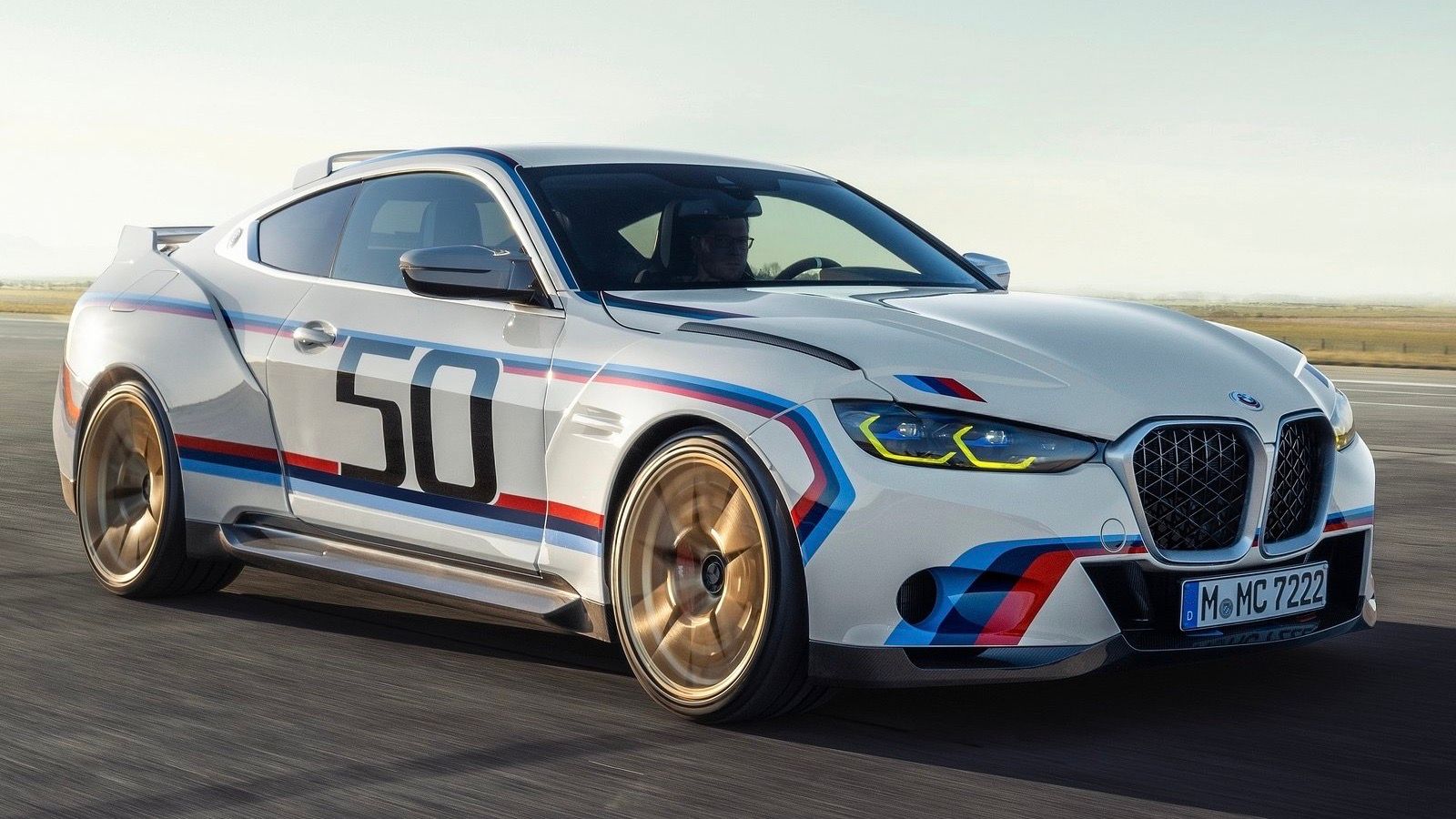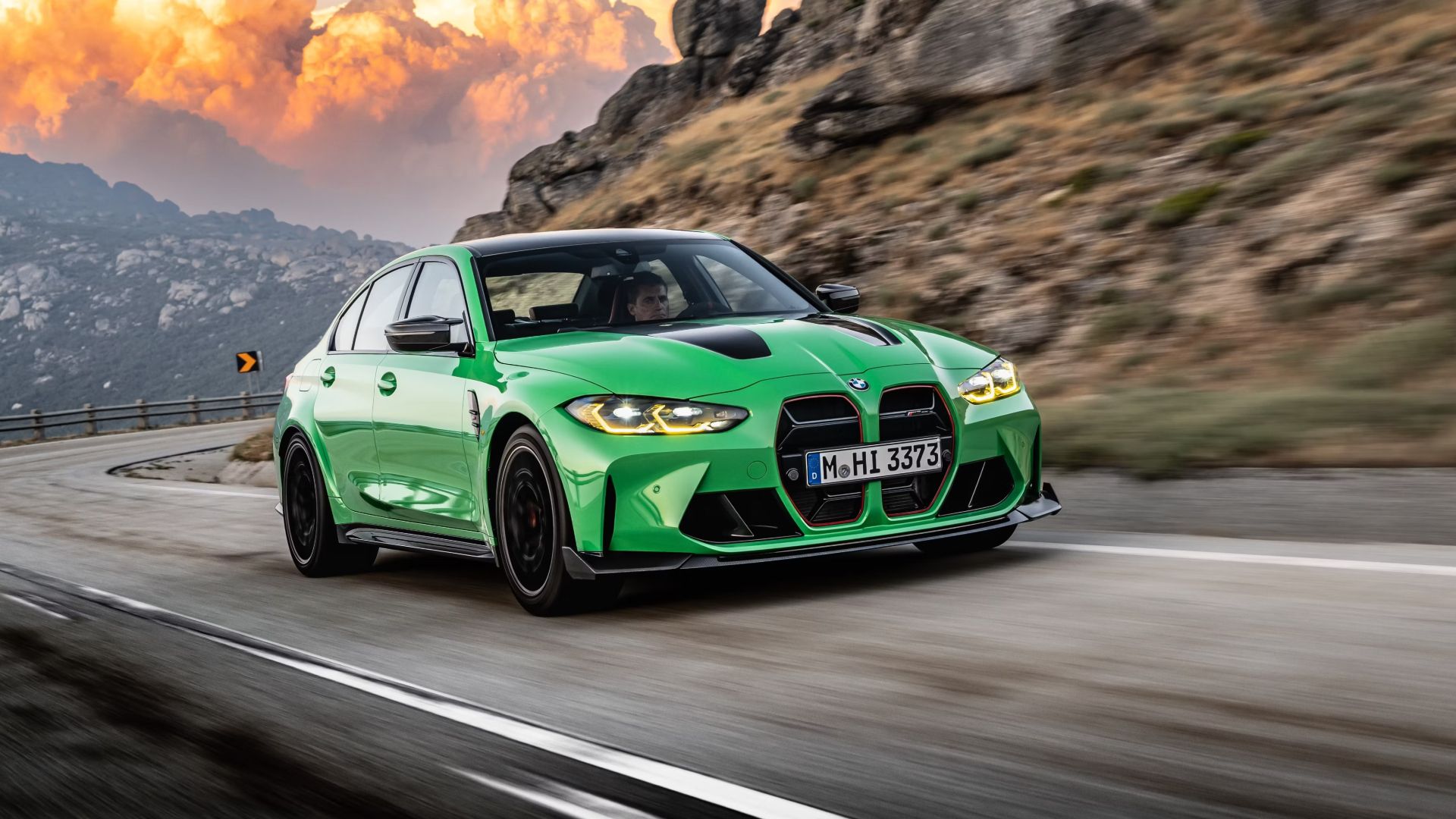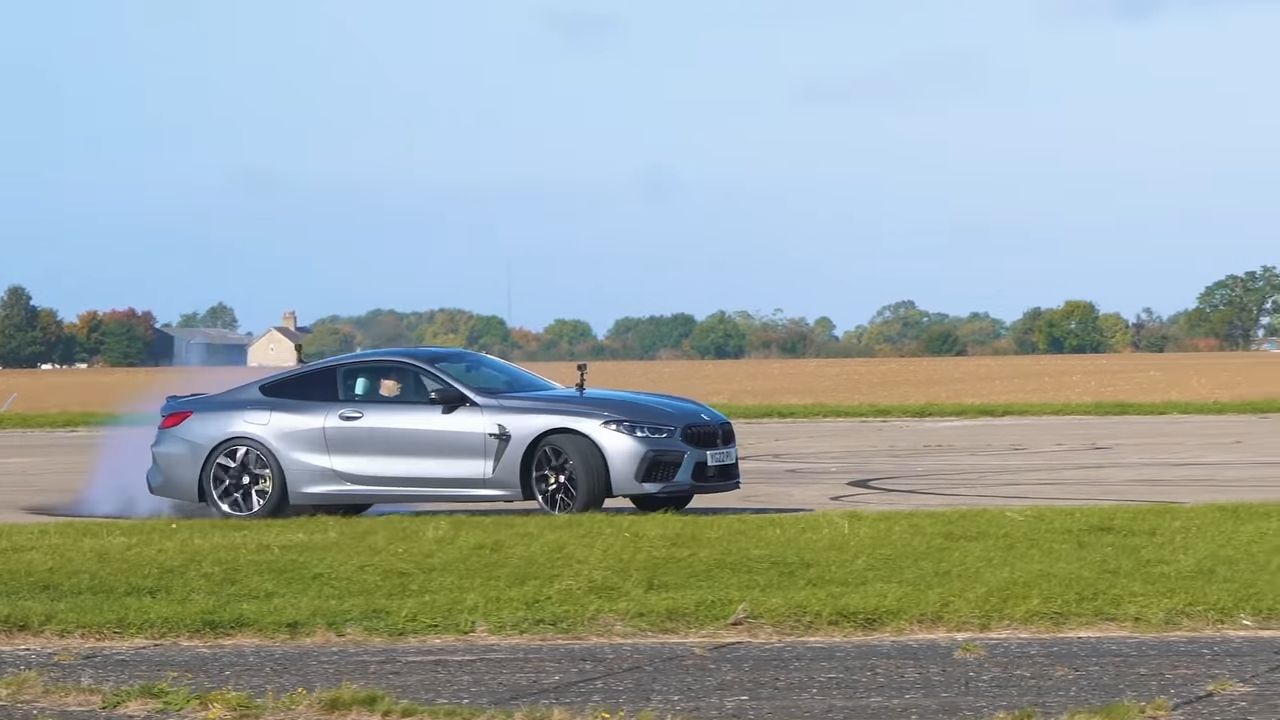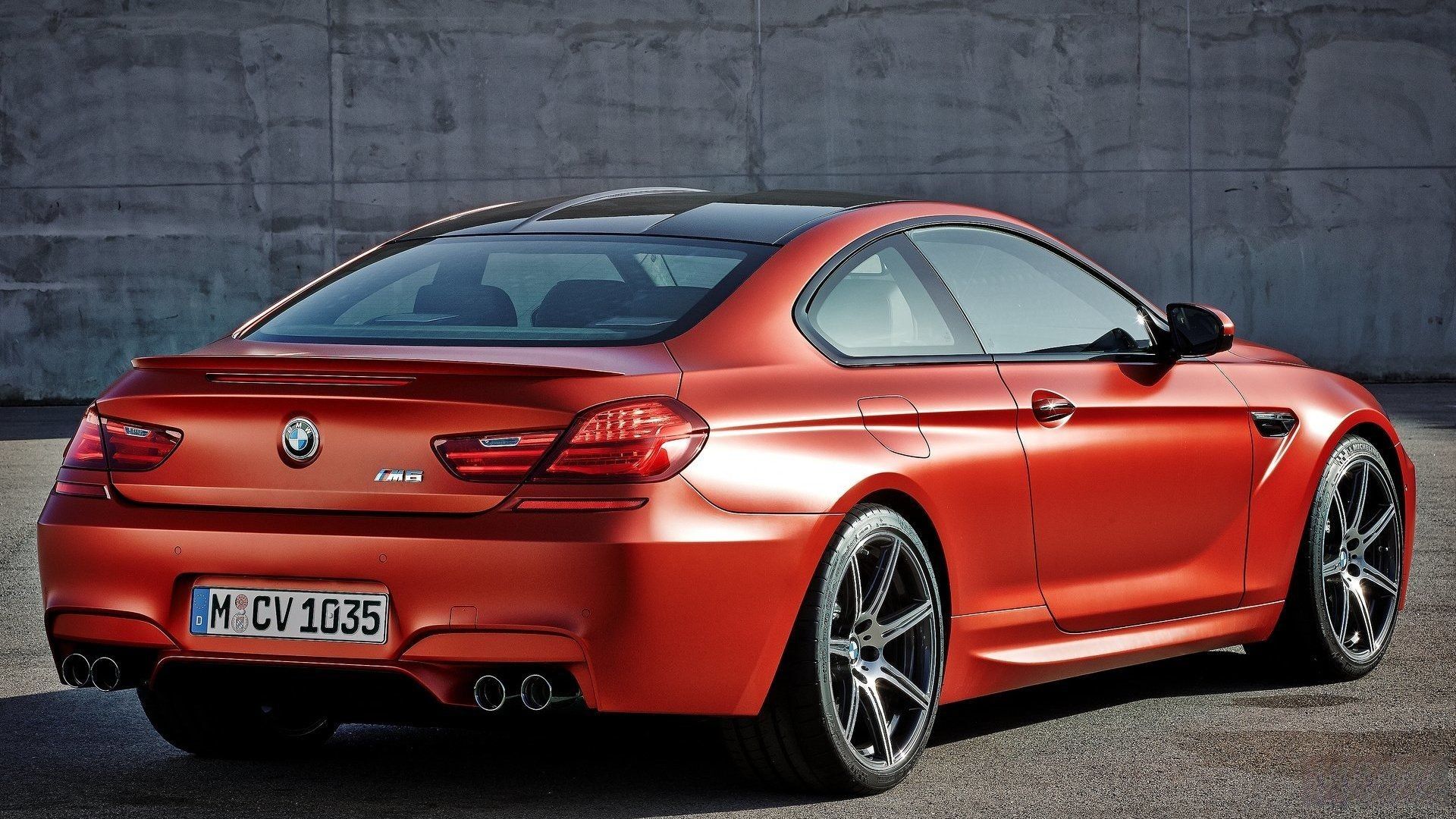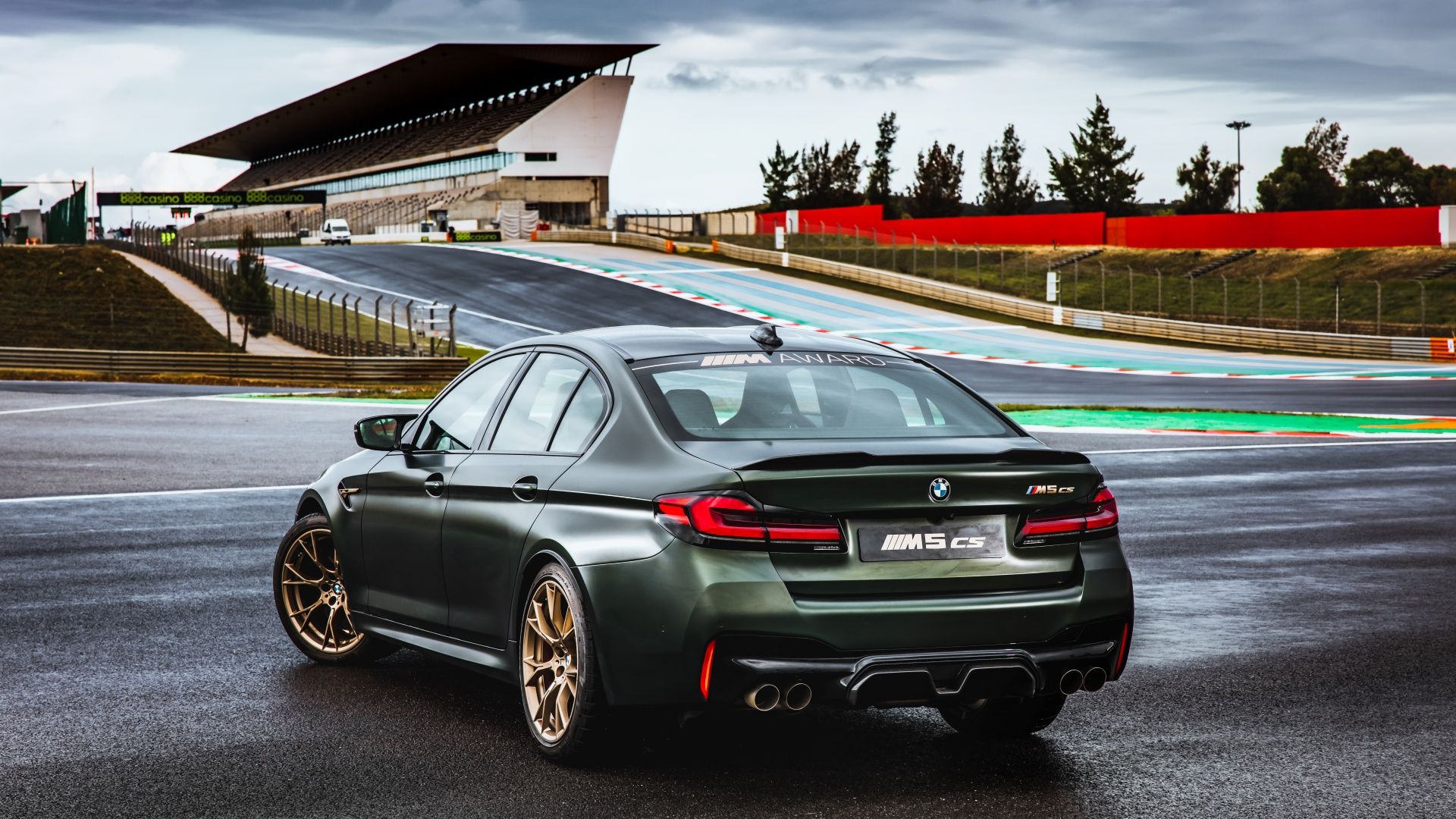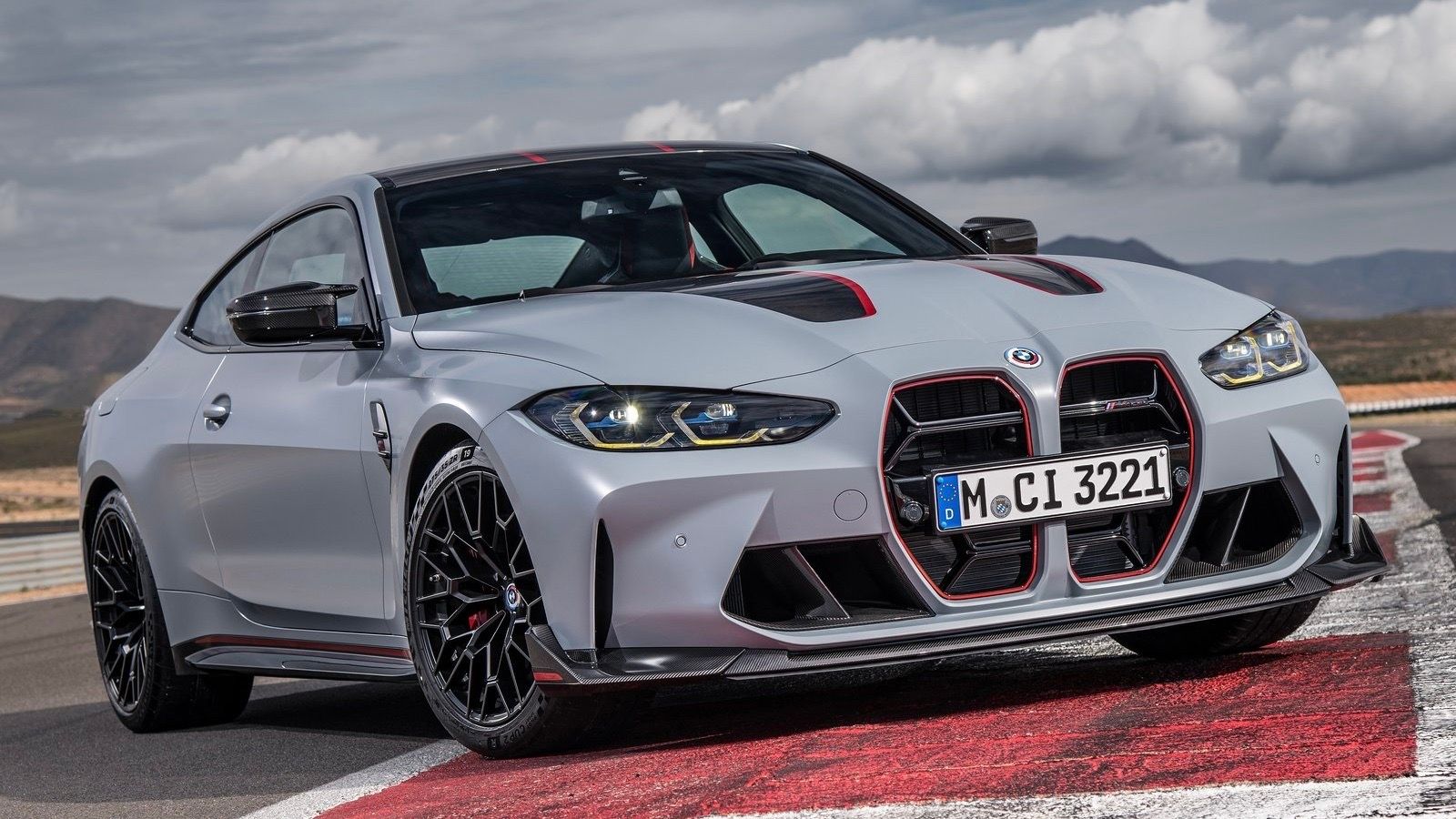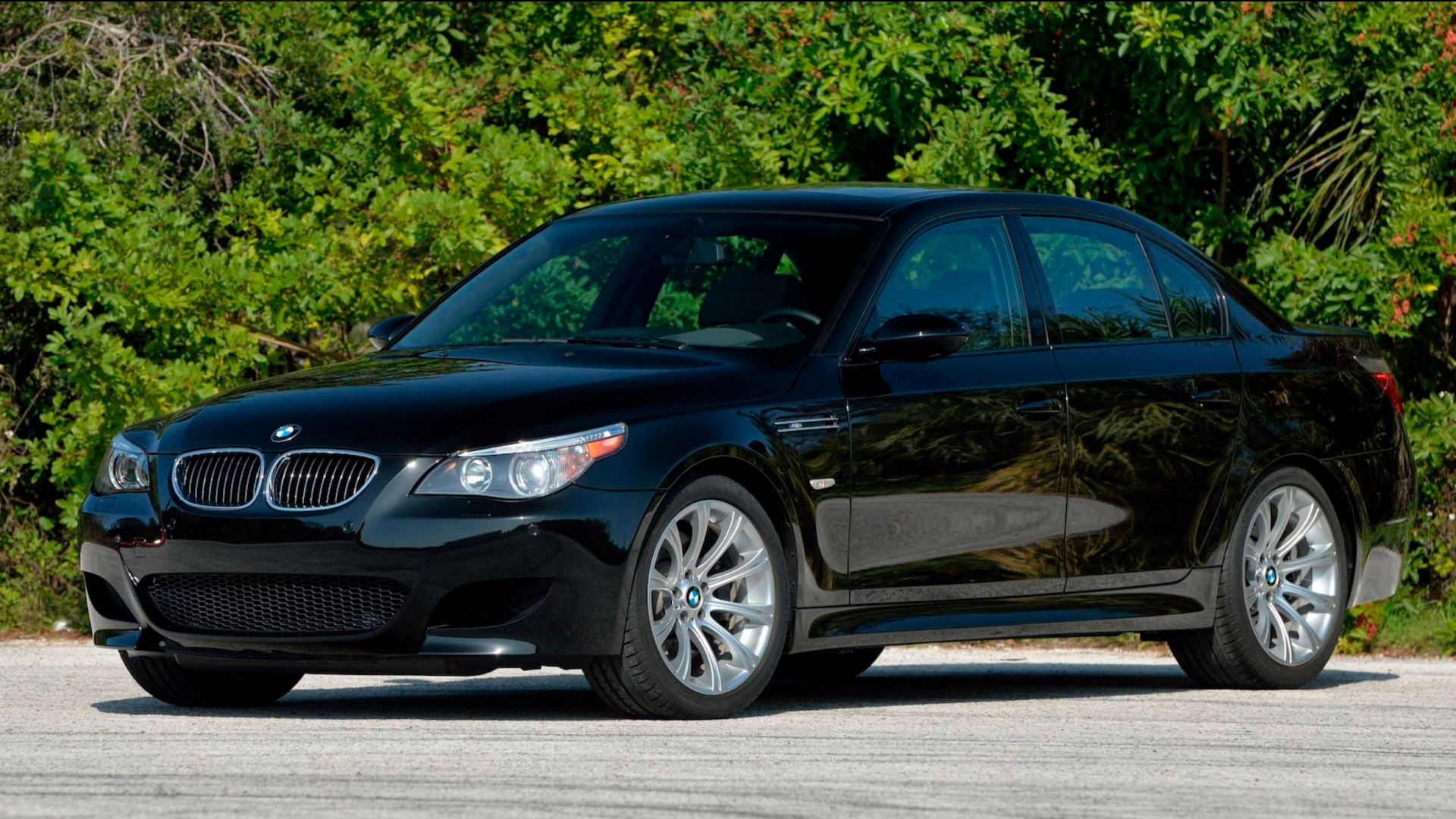BMW prides itself on making the ultimate driving machines. While that, certainly, is a topic to debate over, the Bavarian carmaker has, on many occasions, gotten it right when it comes to giving us a proper driver’s car. Performance and motorsport pedigree has been embedded in the vast majority of BMW models, even those that don’t have the full M-treatment. Naturally, it is BMW’s Motorsports division that provides the most badass Beamers you can buy.
Although BMW, currently, doesn’t offer a flagship supercar like most of its peers, its M-badged sports cars are, oftentimes, able to give even exotic models a run for their money. BMW’s cars have long moved away from the simplistic, Germanic, no-nonsense offerings, in favor of tech-heavy, do-it-all-for-you toys. Granted, some of the M offerings still require your full attention behind the wheel, as they pack serious power, often in a small package with a torquey engine. Without further due, these are the fastest BMW models that can best satisfy your need for speed and raw acceleration.
10 1999 BMW Z8 (E52): 161 Mph
The BMW 507 is a curious case of a car that became an automotive icon, long after its rather unsuccessful debut. Although celebrities such as Elvis Presley had a 507, sometimes more than one, the Bavarian roadster managed to achieve only 1/10th of the sales of its main rival - the Mercedes 300SL. In 1999, the retro-futuristic design trends had already started picking up and BMW decided to capitalize on that by introducing the Z8 as a modern-day homage to the 507. Underneath the Henrik Fisker-designed body, lay the M5 E39's S52 engine.
The 4.9-liter V-8 produced identical 400 horsepower and 369 pound-feet (500 Nm) to the M5, while paired with a six-speed manual. The Z8 managed a sprint to 60 mph (97 km/h) in 4.2 seconds. Earlier examples were limited to 155 mph (250 km/h), but later that rose to 161 mph (259 km/h). Delimited, each of the 555 units produced, could reach 180 mph (290 km/h).
9 1978 BMW M1:165 Mph
Even back in the 1970s, BMW was meddling in fast sports cars. The mid-engine layout was not a usual sight for the brand, but BMW wanted a car that would enter motorsports and compete against its arch-rival, Porsche. The Bavarian carmaker teamed up with Lamborghini, which led to a variety of problems, surrounding the car's production. In the end, just 453 examples of the BMW M1 were made. The Giorgetto Giugiarro-designed body meant the car resembled Italian exotics like the Lamborghini Jalpa and Uraco.
The 3.5-liter M88, inline-six engine was capable with its 277 horsepower and 243 pound-feet (330 Nm). Together with a five-speed ZF manual and a limited-slip differential, 0 to 60 mph (97 km/h) happened in 5.6 seconds and a top speed of 165 mph (265 km/h). In the end, the car saw some racing in a one-make championship... against itself.
8 2022 BMW M2 (G87): 177 Mph
The G87 M2 is the first rear-wheel-drive BMW to drop into the three-second range. The entry-level M-coupe comes only as a rear-wheel-drive proposition but still manages 3.9 seconds to 60 mph (97 km/h). For this, you need to opt for the ZF eight-speed automatic, which is 0.2 seconds quicker than the manual M2.
The S58, 3.0-liter, twin-turbo inline-six is a derivative of the B58 that makes 460 horsepower and 405 pound-feet (550 Nm). With bulging fenders and chunky front and rear aprons, featuring large air ducts, the M2 is a visual overload. If you opt for the M Driver’s package, the top speed limiter extends from 155 mph (250 km/h) to 177 mph (285 km/h).
7 2023 BMW 3.0 CSL: 186 Mph
Last year, BMW unveiled an M4 CSL-based homage to the BMW 3.0 CSL “Batmobile”. BMW announced that only 50 examples will be built, each with a price tag of $750,000. While not exactly the performance bargain of the century, the S58, twin-turbo inline-six has been pumped up to 560 horsepower while the torque has been limited to 405 pound-feet (550 Nm).
That’s because, just like the 1972 original, the 2023 3.0 CSL comes exclusively as rear-wheel drive and with a six-speed manual. The generous use of carbon fiber has resulted in a 3,582-pound (1,625 kg) curb weight figure, which is 165 pounds (75 kg) lighter than a standard M4 manual. While not confirmed, the predicted 0 to 60 mph time for the 2023 3.0 CSL is around 3.8 seconds, since a standard M4 manual needs 4.0 seconds. Meanwhile, the modern 3.0 CSL can accelerate to 186 mph (300 km/h).
6 2024 BMW M3 (G80) CS: 188 Mph
In any of its versions, the BMW M3 G80/G81 is an overachiever. In M3 CS guise, the Bavarian performance sedan is at its quickest. Unlike the M4 CSL, the weight-saving diet wasn’t as drastic. The M3 CS lost just 75 pounds (34 kg) to the standard car’s weight, which translates to 3,891 pounds (1,765 kg). Not exactly lightweight, but thanks to clever tech like the ZF, eight-speed automatic, and all-wheel-drive system, the BMW M3 CS manages a 0 to 60 mph (97 km/h) in 3.2 seconds, on its way to 188 mph (302 km/h) top speed.
This is on par with the official time of the BMW M3 Competition xDrive, from which we have seen numbers as low as 2.9 seconds. Like the M4 CSL, the S58 engine in the M3 CS has received a bump in power to 550 horsepower.
5 2022 BMW M8 (F92) Competition: 189 Mph
The current flagship of BMW’s internal-combustion lineup is the M8 Competition. Unlike its E31 predecessor, the modern-day 8 Series doesn’t bring V-12 engines to the table, instead opting for “downsized”, 4.4-liter twin-turbo V-8s. In its most powerful form, the M8 Competition, the S63B44B packs 625 horsepower and 553 pound-feet (750 Nm).
We won’t delve into how real those figures are, but we will say that combined with BMW’s xDrive all-wheel-drive system and an eight-speed ZF automatic, 0 to 60 mph (97 km/h) takes 3.0 seconds. Publications like Car and Driver report times as low as 2.5 seconds, but we don’t know whether this includes a 5 mph rollout or not. What we know is that the M8 Competition can sprint to 189 mph (304 km/h). The BMW M8 Competition is the automotive equivalent of a cruise missile that combines supercar performance with luxury car comfort.
4 2015 BMW M6 (F13) Competition: 190 Mph
BMW ticked many boxes right with the E63 6 Series and the M6 was one of them. The F13 generation that followed, may not have offered an F1-derived V-10 engine, but it also didn’t have its issues. The F13 M6 is one of the more reliable BMW M-cars you can find (if properly maintained), and its 4.4-liter, twin-turbo V-8 packs up to 600 horsepower in Competition trim.
Torque is rated at 516 pound-feet (700 Nm). With xDrive and a seven-speed dual-clutch automatic complementing the V-8, you can blast to 60 mph (97 km/h) in 3.7 seconds on to a top speed of 190 mph (305 km/h), all while sitting in comfort and luxury. Even if you go for the more practical, F06 M6 Gran Coupe, which was four doors instead of two, performance remains the same.
3 2022 BMW M5 CS (F90): 190 Mph
In 2021, BMW decided to bestow the Competition Sport treatment to its M5, a high-performance sedan. Previously, this treatment was exclusive to the M3 model as well as the M2 and M4 names in more recent times. The F90 BMW M5 CS is the most powerful M5 ever with 635 horsepower and 553 pound-feet (750 Nm) from its revised, 4.4-liter twin-turbo V-8, although we suspect BMW is playing its usual games when it comes to horsepower ratings.
More generous use of carbon fiber, 7.0 mm lower suspension with shock absorbers initially developed for the M8 Gran Coupe, and other chassis enhancements make this the most track-focused M5. It also makes it the first BWM to officially drop into the two-second club with a 0 to 60 mph (97 km/h) time of 2.9 seconds. More importantly, the speedometer doesn't stop climbing until an Autobahn-friendly 190 mph (305 km/h).
2 2023 BMW M4 (G82) CSL: 191 Mph
Remember, the BMW 3.0 CSL from earlier? This is what it’s based on. The 2022 BMW M4 CSL is a more hardcore variant of the M4 Competition that focuses on track usability. It features body panels from carbon-fiber-reinforced plastic (CFRP) and the 3.0-liter, S58, twin-turbo inline-six has been bumped to 550 horsepower with torque remaining at 479 pound-feet (650 Nm).
However, dyno tests revealed that the M4 CSL’s horsepower figure has been downplayed by a significant margin. Like the 3.0 CSL Homage, the M4 CSL is rear-wheel-drive only, but unlike the 3.0 CSL, it manages power, exclusively, through the eight-speed ZF automatic. This combination is good for a 0 to 60 mph (97 km/h) time of 3.5 seconds and a top speed of 191 mph (307 km/h).
1 BMW M5 (E60): 204 Mph
The BMW E60 had big shoes to fill after the tremendous success of the E39 5 Series. This went double for the M-version of the car, which is why BMW went balls out and put a Formula One-derived, 5.0-liter V-10 engine in the E60. With a redline of 8,250 RPM, the engine produced one of the most distinctive soundtracks of all BMW M-cars while producing 507 horsepower and 383 pound-feet (520 Nm).
Even more bonkers was the fact you could still get one with a six-speed manual, although sadly, most customers opted for the jerky, SMG unit. Even so, the 0 to 60 mph (97 km/h) was possible in 4.5 seconds. When in M-mode, the speed limiter dropped, allowing you to reach supercar-like 204 mph (328 km/h). To this day, this is, officially, the fastest M-car ever made that you could drive on a public road.

